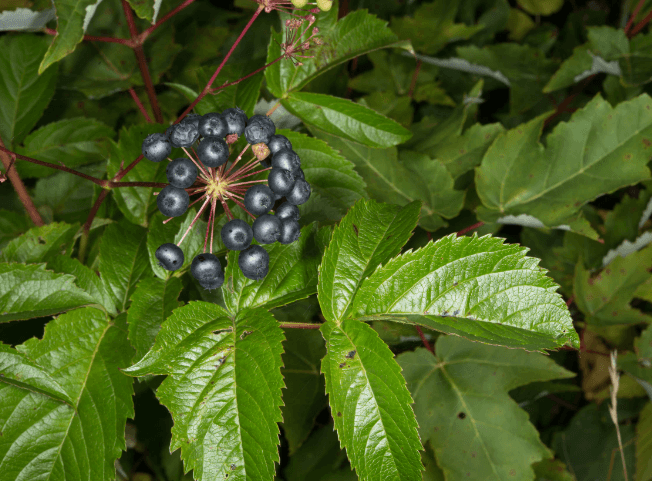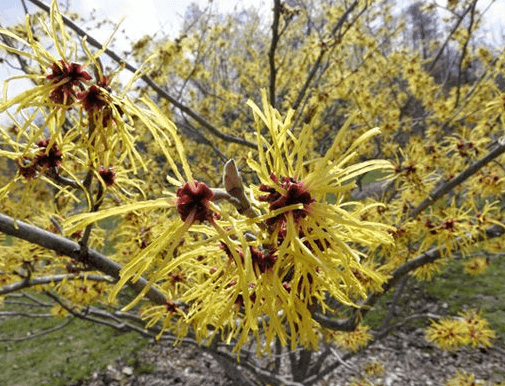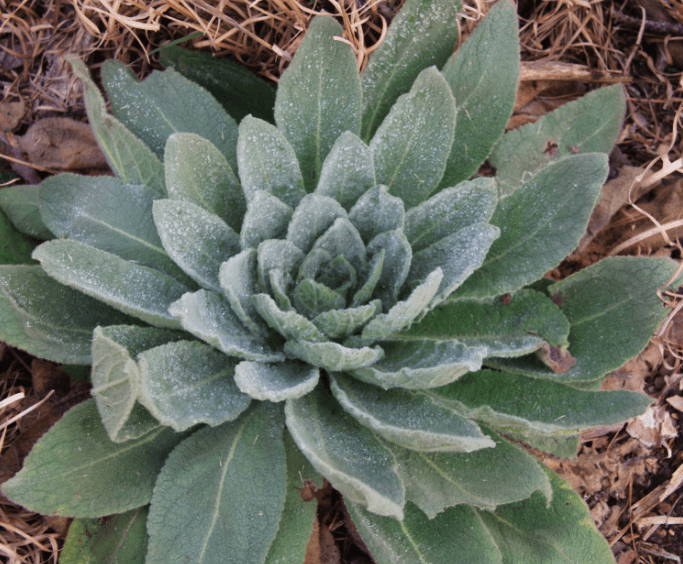Fennel- (Foeniculum vulgare dulce) Umbelliferae Annual

Florence fennel, also known as sweet fennel and finocchio fennel, is the best variety to use in food. We have also read of other types of fennel growing in many counties, variously called Saxon fennel, Russian and Roumanian fennel, French bitter fennel, Indian fennel and Japanese fennel. Two kinds that we have seen, besides Florence fennel, are bronze- leaved fennel, whose foliage is dark and bronze-coloured and is edible, and of course the wild, tall variety (F. vulgare) that grows everywhere. The latter is a perennial and its leaves are edible, the flavour being coarser and ranker than sweet fennel. All parts of Florence fennel may be used. It originally came from the Mediterranean countries and was part of Greek mythology.
Propagation is by seed in spring (in autumn too where winter are not very server, and it is the autumn sowing that is effective for cultivating the bulbous base to large proportions , even though there will be some swelling at other times). The soil should be medium to light and well drained. When fully grown it is 90 cm(3 ft) high, or taller. The swollen stem base is a sought- after delicacy, the aromatic leaves are especially good with fish, and the seeds, like hose dill and caraway, have digestive properties. The flower heads, which bloom in spring, are similar to dill but are a brighter gold in colour, and more prolific. The plant itself is covered in luxurious plumes of light, green foliage, every graceful leaf being made up of hair- thin , aromatic fronds brone on sappy stems. The seed, or fruit, forms when the flower has dropped its petals; they are fatter than dill seeds and crop well. They should be dried and stored as for dill seeds. To make the most of fennel’s swollen base, the plant needs plenty of water, it should be fed with well- decayed poultry manure and the earth hilled up around the area. This treatment should be sontinued for about fourteen days, then the base should be sliced away from the roots, washed well, and the foliage removed. Do not throw away the leaves, warp them in foil or plastic film and store them in the refrigerator.
Fennel should not be planted with caraway, coriander, wormwood, tomatoes, kohlrabi and beans. Fennel helps to repel fleas and when used to supplement the feed of cows and goats, will increase their mil supply Culpeper says Mercury is fennel’s star sign. He has quite a lot to say of is many benefits in medicine, although the remedy that appeals most is his advice to the over weigh: “Both leaves, seeds, and roots thereof, are much used in drink or broth, to make people lean that are too fat”
Uses :
Culinary – A few finely chopped fennel leaves will add flavour to potato salad, green salad, spaghetti and rice, and will help to digest them. It is traditional to cook fennel leaves with oily fish to help cut the richness: make incisions in the fish if grilling, and push small fennel fronds into each cut. Another method is to butter or oil a baking dish, make a bed of leafy fennel branches and place the fish on top. Add a little more oil or butter, and salad and pepper if you like ,and some thinly sliced lemon, and bake in a moderate oven until cooked. The leaves will become brittle and brown, and a few will cling to the fish, so there is no need to serve the layer of singed fennel as well because the fish itself will be delicately permeated with the flavour.
The swollen stem base, tasting crisp and fragrant with a fine texture (seen in greengrocers’ shops during winter), can be sliced thinly, the pieces separated and mixed into a green salad, or served as a salad on its own with French dressing.
‘Finocchio” can be sliced either vertically or horizontally. The base, cut in half, steamed , and covered with white sauce, makes an excellent vegetable; or prepare a light meal with a cheese sauce poured over the cooked, halved fennel bulbs, adding some chopped fennel leaves and parsley, and then baking until golden – brown.
The seeds, whole or ground, are nutritious too, and help digest starchy foods like bread, pastries and pasta. As with dill and caraway, they reduce flatulence when used with cabbage dishes, Brussels sprouts, broccoli, cauliflower and onions. Ground fennel seeds are also mixed with other spices to flavour curies.
Medicinal – Fennel roots, although not considered as effective as the seeds, were also used in medicine. The volatile oil expressed from the fruit (or seeds) is excellent for dispelling flatulence and it is used in herbal laxatives to relive colicky pains. A tea made from the seeds helps to dispel gas, rids the body of excess fluids, and aids the digestion generally. Fennel seed tea, well strained, bathes sore eyes: this infusion is well known in folk medicine as being beneficial to the eyesight. The pleasant fragrance of fennel oil is often used commercially when making cordials and liqueurs, some perfumery and soaps.





